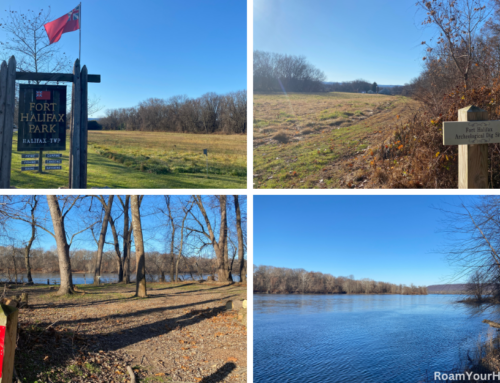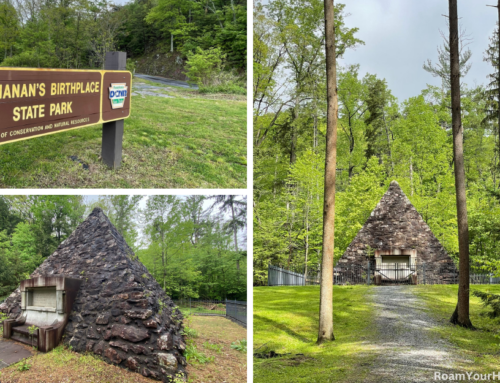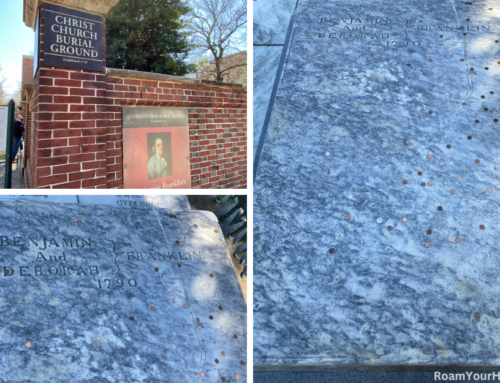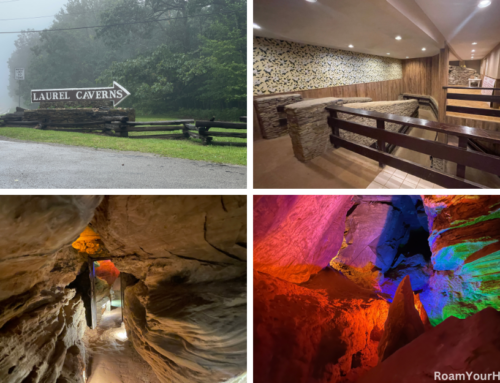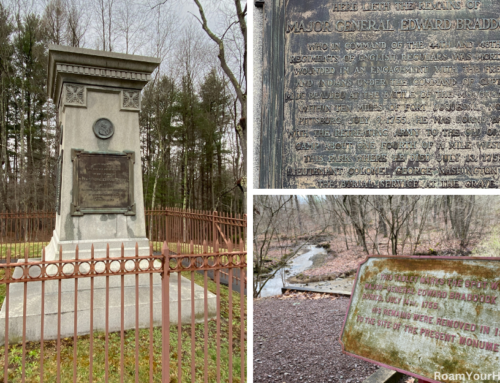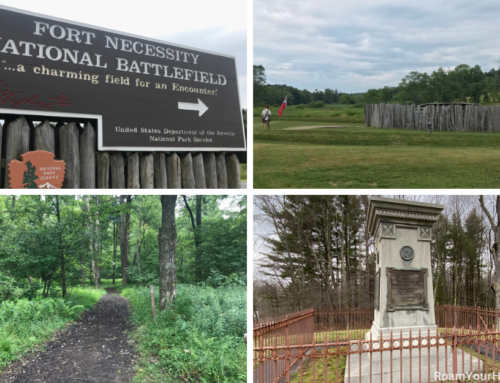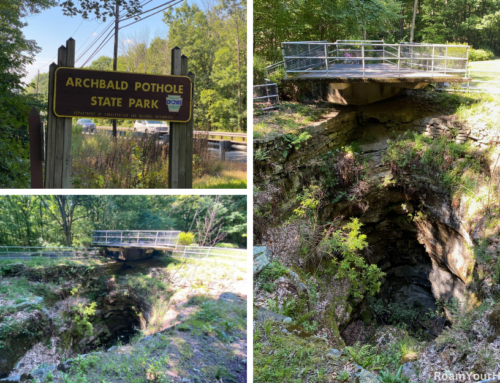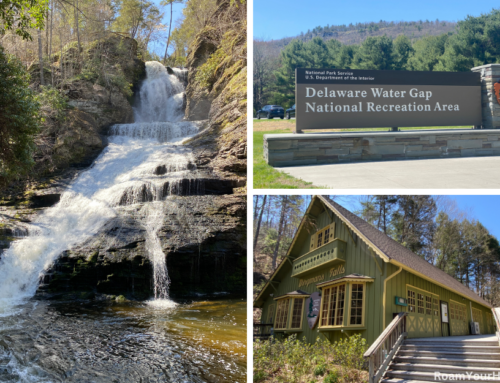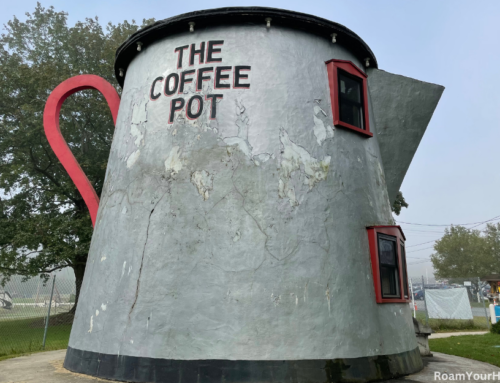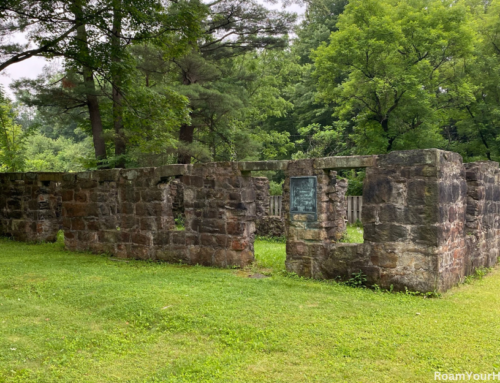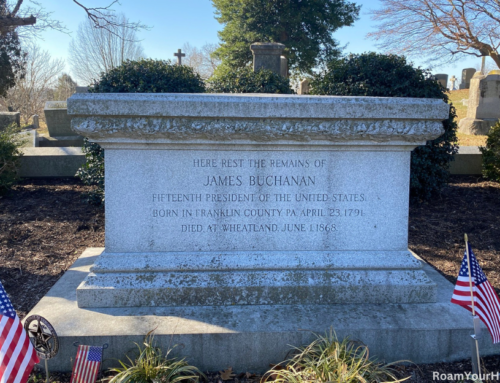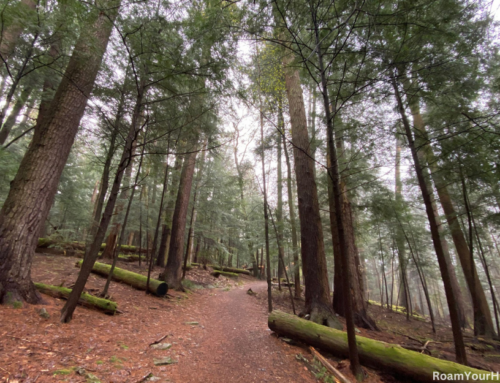
Jumonville Glen: Where the French and Indian War Started
The first shots of the French and Indian War rang out on a spring morning in 1754 at Jumonville Glen in southwestern Pennsylvania. The skirmish was small, but the historical impact was significant, playing a key role in the events leading up to the French and Indian War. It marked George Washington’s first military engagement—and the opening shots of a global conflict between Britain and France.
The Battle that Started the French and Indian War
The events of the morning of May 28, 1754, will never be fully known. What we do know is a young Lieutenant Colonel George Washington, leading a force of Virginia militia and Native Americans, attacked the French encampment in Pennslyvania’s secluded Jumonville Glen.
The British claimed the French discovered their approach and opened fire on them. The French alleged the British ambushed their camp.
It’s not known who fired the first shot, but it is generally accepted that after the first shot, Washington ordered his soldiers to open fire. The entire fight lasted only 15 minutes before the French surrendered.
The brief but bloody encounter resulted in the death of Joseph Coulon de Villiers de Jumonville, a French officer whose fate remains a subject of historical debate. The glen where the fight took place is named after him.
When word of de Jumonville’s death reached French-controlled Fort Duquesne, Jumonville’s half-brother, Captain Coulon de Villiers, vowed revenge. On July 3, 1754, he attacked Washington and the garrison at Fort Necessity and forced them to surrender.
Unknown to Washington at the time, the surrender document, which was written in French, included an admission that Jumonville’s death was an “assassination.”
Washington was heavily criticized in Britain for the incident. A British statesman described the controversy surrounding Jumonville’s death as the “Jumonville Affair.” He wrote, “a volley fired by a young Virginian in the backwoods of America that set the world on fire.”
Exploring Jumonville Glen
Today, exploring the Jumonville Glen is a peaceful yet haunting landscape that sharply contrasts its violent past. The National Park Service maintains the site as part of Fort Necessity National Battlefield. A short hiking trail leading to the rocky glen where the battle took place has interpretive signs detailing the events of the skirmish.
Planning Your Visit
Jumonville Glen is open to the public seasonally from spring through fall, with no admission fee. Since it is a relatively small site, a visit typically takes less than an hour, but it pairs well with a trip to Fort Necessity National Battlefield, just a few miles away.
Jumonville Glen offers a fascinating glimpse into the past—where a single battle helped shape history.
Other Things to See
Fort Necessity National Battlefield
General Braddock’s Grave

